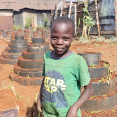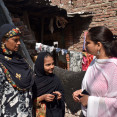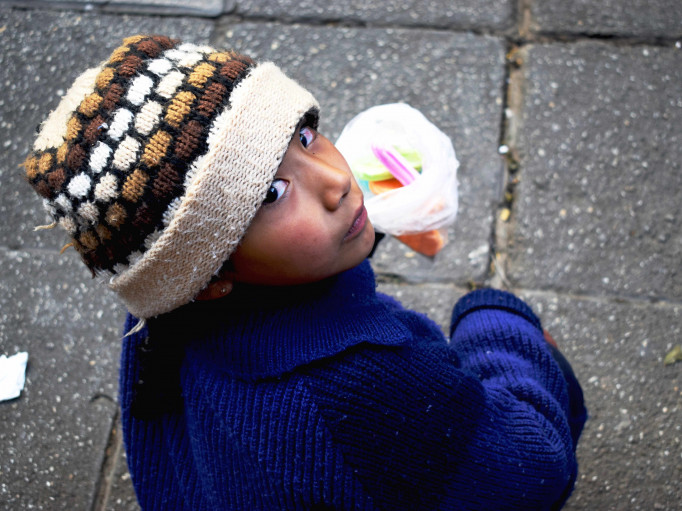
Pictured above: 9-year-old Anaya sells caramels on the streets of La Paz, Bolivia.
Thursday 12th June is World Day Against Child Labour, a day to acknowledge the millions of children worldwide who are denied their rights to safety, education and dignity.
Here at Toybox, we are marking this day by shining a light on children and young people in street situations. For many of these children, work is not a choice but a necessity for survival. Street children face some of the harshest and most exploitative forms of child labour, and child protection systems often fail to reach them.
Modern slavery on the streets
The International Labour Organisation (ILO) estimates that over 3.3 million children are currently trapped in forced labour worldwide. This includes children who are victims of trafficking as well as those who are forced to beg, engage in criminal activities or are involved in commercial sexual exploitation.
Children in street situations are among the most at risk of these abuses. They are often excluded from education and healthcare services and lack even the most basic legal protection.
In cities around the world where Toybox’s partners work, street children describe their income sources as informal and precarious: collecting rubbish, working on dumpsites, acting as porters or messengers, selling small goods, or begging. In these roles, many children are controlled by exploitative adults who take their earnings and punish them if they do not meet quotas.
As highlighted in Toybox's Slavery and the Streets report, forced child begging is a form of modern slavery particularly prevalent among children in street situations. Behind many of the children seen on street corners are organised exploiters who use violence and intimidation to control their labour.
Pictured below: (L) A young boy uses a machete to shell a coconut at a market in Guatemala City. (R) A girl approaches a car to sell sweets at a busy intersection in La Paz.

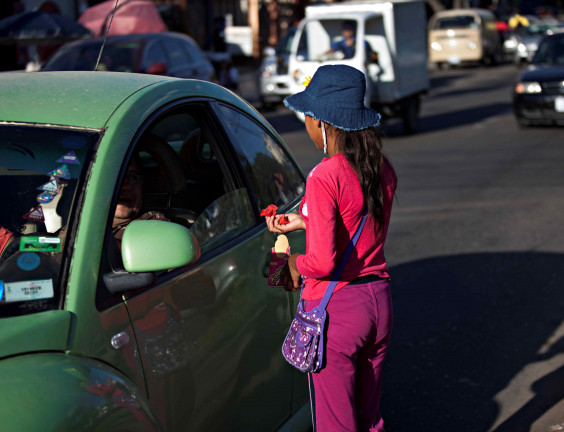
Intersections of poverty, violence and exclusion
The factors that drive children onto the streets are often the same ones that expose them to exploitative labour, such as:
• Poverty and economic instability
• Family breakdown and domestic violence and abuse
• Lack of access to education
• Discrimination due to gender, ethnicity, disability or migratory status
• Inadequate child protection systems and social services
Children who experience violence at home or in school often seek refuge in street life. But this apparent freedom can soon become a trap. On the streets, many children become targets for traffickers and criminal groups who exploit their invisibility and desperation.
Daniel’s story
Seventeen-year-old Daniel grew up in Kenya’s Central Province with his parents and two siblings. Following a breakdown in family relationships, he left home and began living on the streets.
When he arrived in the city, he quickly found a way to survive by carrying loads for people in exchange for a small fee. At night, he took shelter in an abandoned stadium that offered some protection from strangers and the cold. Eventually, Daniel joined a group of other boys living on the streets. Staying together gave them greater safety and improved their chances of survival. To get by, the boys begged for food or coins outside city hotels. This often exposed them to harsh treatment, including being whipped by hotel guards or targeted during police raids to remove street children from public areas.
One day, while taking an injured friend to hospital on a handcart, the boys inadvertently slowed traffic and caught the attention of the authorities. Most of them managed to flee, but Daniel and four others were arrested for causing a public disturbance. This marked the beginning of Daniel’s journey through the juvenile justice system.
He was taken to the Children’s Court and remanded at a juvenile detention centre while his case was processed. Toybox’s local partner, Pendekezo Letu, intervened by arranging for Daniel to be transferred to a boys’ rehabilitation programme. There, he was safer, received support, and learned skills to help generate an income. The organisation also helped trace and reunite him with his family.
Pictured below: (L) Street children search the Dandora dumpsite in Nairobi for scrap metal and plastics to sell. (R) Two boys transport the scrap metal they have collected in a cart ready for selling.
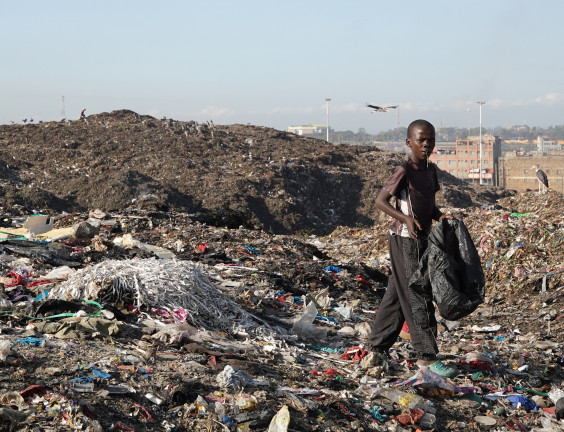
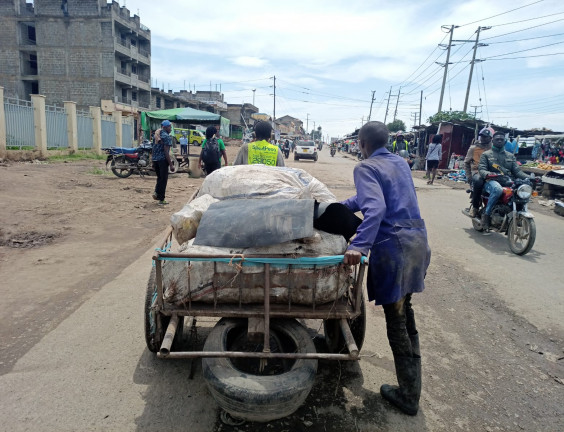
A systemic issue
Children and young people forced to live or work on the streets are a direct result of systemic failures. In many countries, laws still criminalise street children through status offences like loitering or truancy. This criminalisation further increases children's exposure to risks of police violence and judicial neglect.
The Slavery and the Street report outlines how gender, migration, and disability exacerbate children's vulnerabilities. For example, children with disabilities are often targeted for forced begging because of assumptions that they will elicit more sympathy and more money.
At a policy level, Toybox is urging governments to view children and young people in street situations not as delinquents but as rights-holders. Addressing modern slavery and child labour must begin by confronting the discrimination and exclusion these children face.
Our approach
At Toybox, we know that addressing child labour means tackling the drivers of vulnerability. That's why our work focuses on:
• Birth registration: Supporting children to gain their legal identity so they can access their rights and services.
• Education: Ensuring flexble, informal and catch-up education is available to children who have missed out on formal schooling.
• Emergency support: Providing food, shelter, and other essntial aid to prevent families from relying on child labour to survive during crises.
• Vocational and family livelihood training: Equipping young people and caregivers with alternatives to harmful and exploitative work.
• Work with governments and civil society: Advocating for inclusive development policies that consider the realities of children on the streets.
What needs to change
"Street children are choosing the least-worst option for survival within the contexts in which they live." - Slavery and the Streets, Toybox.
Here at Toybox, we know that street children are incredibly resilient and resourceful. However, we believe that no child should be forced to choose between safety and survival.
This World Day Against Child Labour, we are calling on global leaders and authorities to:
- Recognise children in street situations as a priority group in anti-slavery and anti-child labour efforts.
- Invest in inclusive education and social protection systems that reduce reliance on child labour.
- Support research and data collection that includes the voices and experiences of children on the streets.
- Promote alternatives to criminalisation - focusing instead on rehabilitation and reintegration.
Get involved
Find out more about our work with street children worldwide
See how we are supporting children in conflict with the law in Kenya
Written by Emilie Hunter, Head of Individual Giving at Toybox


